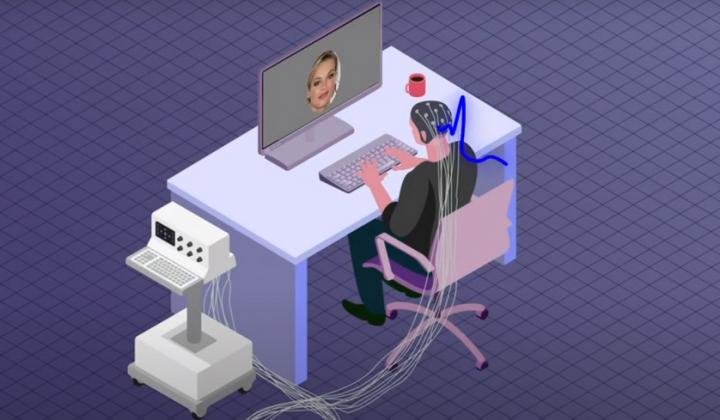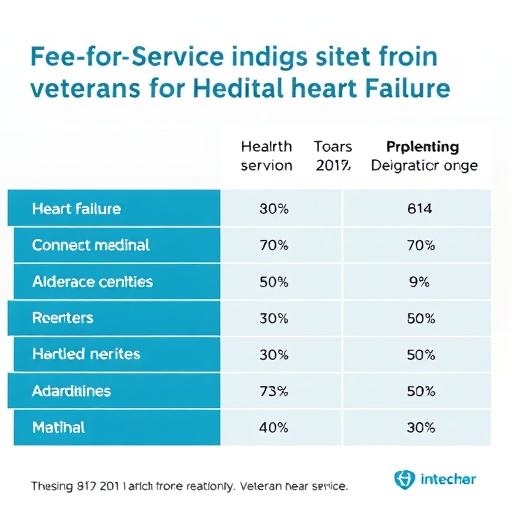Monitoring electroencephalograms with the help of artificial intelligence makes it possible to determine the preferences of large groups of people from just their brain activity.

Credit: Cognitive computing research group
Monitoring electroencephalograms with the help of artificial intelligence makes it possible to determine the preferences of large groups of people from just their brain activity.
Researchers at the University of Helsinki have developed a technique, using artificial intelligence, to analyse opinions, and draw conclusions using the brain activity of groups of people. This technique, which the researchers call “brainsourcing”, can be used to classify images or recommend content, something that has not been demonstrated before.
Crowdsourcing is a method to break up a more complex task into smaller tasks that can be distributed to large groups of people and solved individually. For example, people can be asked if an object can be seen in an image, and their responses are used as instructional data for an image recognition system. Even the most advanced image recognition systems based on artificial intelligence are not yet fully automated. Instead, training them requires the opinions of several people on the content of many sample images.
The University of Helsinki researchers experimented with the possibility of implementing crowdsourcing by analysing people’s electroencephalograms (EEGs) with the help of AI techniques. Rather than asking for people’s opinions, this information could be read directly from the EEG.
“We wanted to investigate whether crowdsourcing can be applied to image recognition by utilising the natural reactions of people without them having to carry out any manual tasks with a keyboard or mouse,” says Academy Research Fellow Tuukka Ruotsalo from the University of Helsinki.
Computers classify images
In the study, a total of 30 volunteers were shown images of human faces on a computer display. The participants were instructed to label the faces in their mind based on what was portrayed in the images. For example, whether an image portrayed a blond or dark-haired individual, or a person smiling or not smiling. Unlike in conventional crowdsourcing tasks, they did not provide any additional information using the mouse or keyboard – they simply observed the images presented to them.
Meanwhile, the brain activity of each participant was collected using electroencephalography. From the EEGs, the AI algorithm learned to recognise images relevant to the task, such as when an image of a blond person appeared on-screen.
In the results of the experiment, the computer was able to interpret these mental labels directly from the EEG. The researchers concluded that brainsourcing can be applied to simple and well-defined recognition tasks. Highly reliable labelling results were already achieved using data collected from 12 volunteers.
User-friendly techniques on the way
The findings can be utilised in various interfaces that combine brain and computer activity. These interfaces would require the availability of lightweight and user-friendly EEG equipment in the form of wearable electronics, as opposed to the equipment used in the study, which requires a trained technician. Lightweight wearables that measure EEG are actively being developed and may be available sometime in the near future.
“Our approach is limited by the technology available,” says Keith Davis, a student and research assistant at the University of Helsinki.
“Current methods to measure brain activity are adequate for controlled setups in a laboratory, but the technology needs to improve for everyday use. Additionally, these methods only capture a very small percentage of total brain activity. As brain imaging technologies improve, it may become possible to capture preference information directly from the brain. Instead of using conventional ratings or like buttons, you could simply listen to a song or watch a show, and your brain activity alone would be enough to determine your response to it.”
###
The study was published at the ACM Conference on Human Factors in Computing Systems in April.
Further information:
Tuukka Ruotsalo, Academy research fellow
Department of Computer Science, University of Helsinki
[email protected]
+358 50 566 1400
Video abstract: https:/
Cognitive computing research group: https:/
Media Contact
Aino Pekkarinen
[email protected]
Original Source
https:/
Related Journal Article
http://dx.




